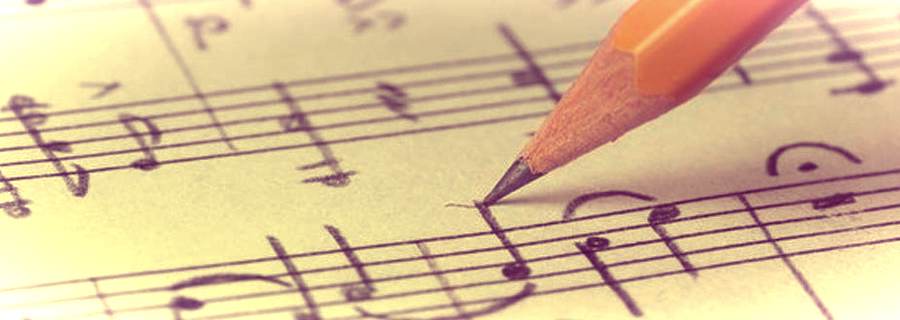12
Nov 2018
by Greg Jones
Every major key has a minor key that exists within it. Likewise, every minor key has a major key that exists within it.
These structures essentially share scale tones and chords in their diatonic sequence.
Understanding this concept is very essential to understanding and interpreting the major and minor key signatures and mastering the chord progressions in any given key.
The key signatures for these relative keys is the same as well (they use the same symbols).
In a major key, it is the 6th scale degree that is the starting note of the relative minor key that it shares. For instance the key of C (on the piano is all white keys from C to C) is the same notes as the key of A minor (all white keys from A to A on the piano). Understanding this is of the utmost importance since these structures share their identity. They are the same notes and sound in many ways.
From the major scale, we can identify the minor key as the 6th scale degree of that scale (in the C major scale A is the 6th scale degree).
If we are thinking from the minor key center, it is the 3rd scale degree of the minor scale that shows us the relative major (in the A minor scale C is the 3rd scale degree).
The relative major and minor scales are just the starting point of this concept. As stated before these relative keys also share chords in the diatonic sequence. All of the chords in the C major diatonic sequence are the same as the chords in the key of A minor.
This is not just a theoretical construct. Songs routinely maneuver between the 2 relative keys.
When practicing the scale patterns and chord sequences for any key it makes sense to practice the relatives together since they are the same sound.
Greg Jones - Beat Making and Music Theory Instructor at The Recording Conservatory of Austin www.trcoa.edu
These structures essentially share scale tones and chords in their diatonic sequence.
Understanding this concept is very essential to understanding and interpreting the major and minor key signatures and mastering the chord progressions in any given key.
The key signatures for these relative keys is the same as well (they use the same symbols).
In a major key, it is the 6th scale degree that is the starting note of the relative minor key that it shares. For instance the key of C (on the piano is all white keys from C to C) is the same notes as the key of A minor (all white keys from A to A on the piano). Understanding this is of the utmost importance since these structures share their identity. They are the same notes and sound in many ways.
From the major scale, we can identify the minor key as the 6th scale degree of that scale (in the C major scale A is the 6th scale degree).
If we are thinking from the minor key center, it is the 3rd scale degree of the minor scale that shows us the relative major (in the A minor scale C is the 3rd scale degree).
The relative major and minor scales are just the starting point of this concept. As stated before these relative keys also share chords in the diatonic sequence. All of the chords in the C major diatonic sequence are the same as the chords in the key of A minor.
This is not just a theoretical construct. Songs routinely maneuver between the 2 relative keys.
When practicing the scale patterns and chord sequences for any key it makes sense to practice the relatives together since they are the same sound.
Greg Jones - Beat Making and Music Theory Instructor at The Recording Conservatory of Austin www.trcoa.edu









There are 0 comments